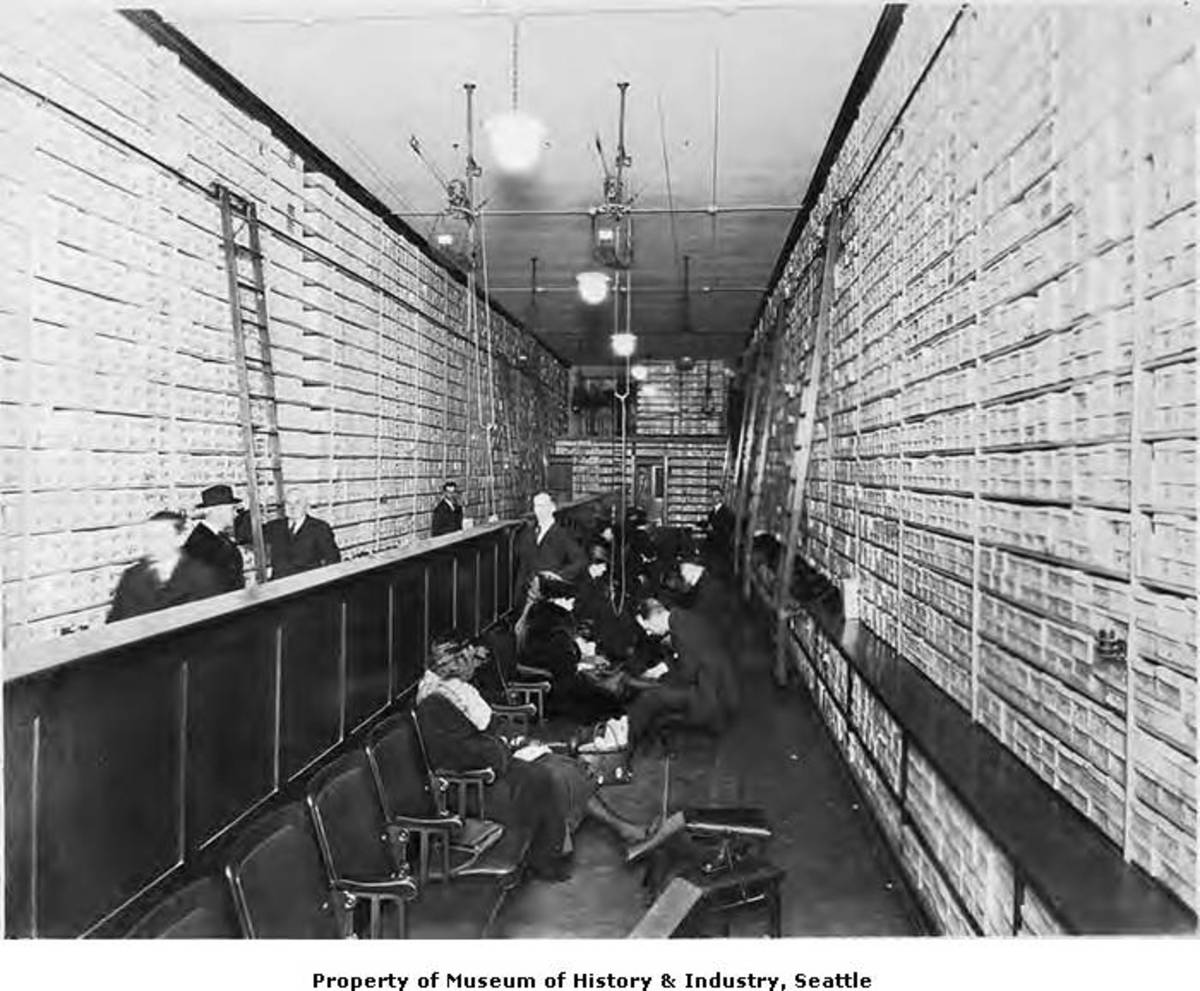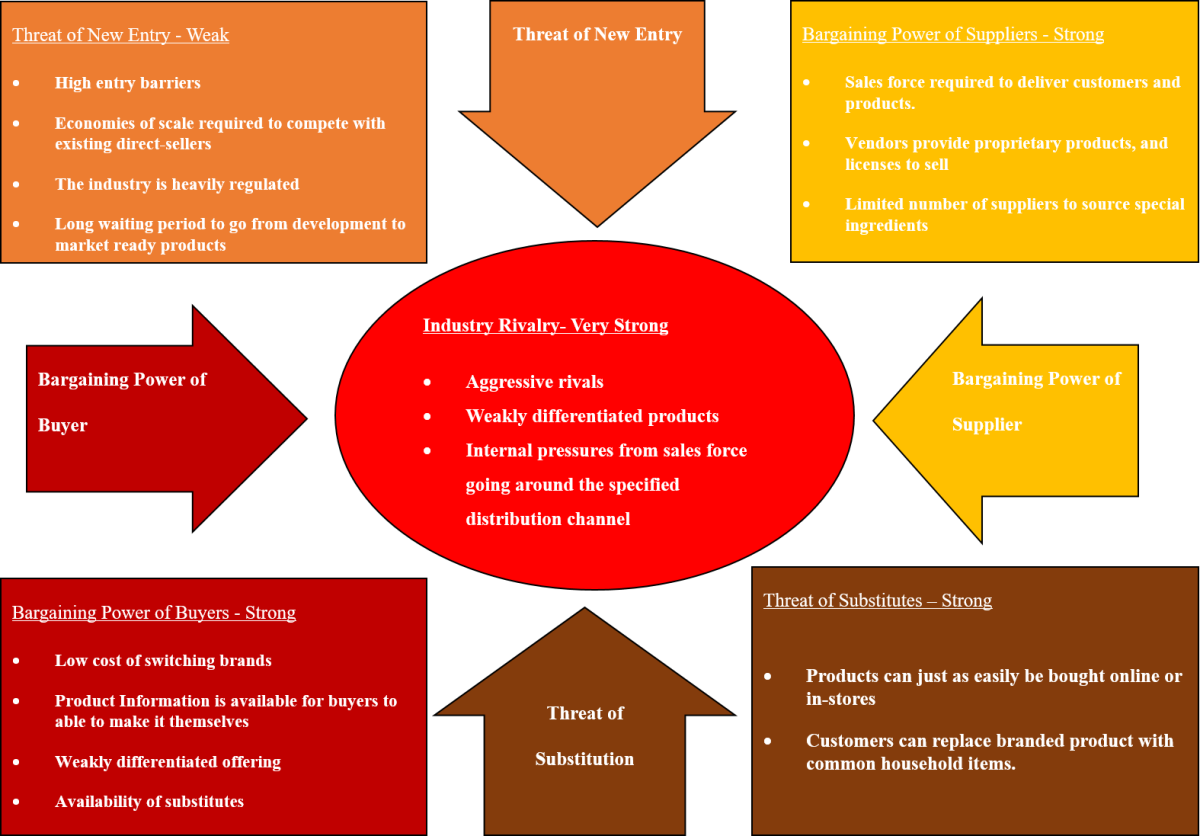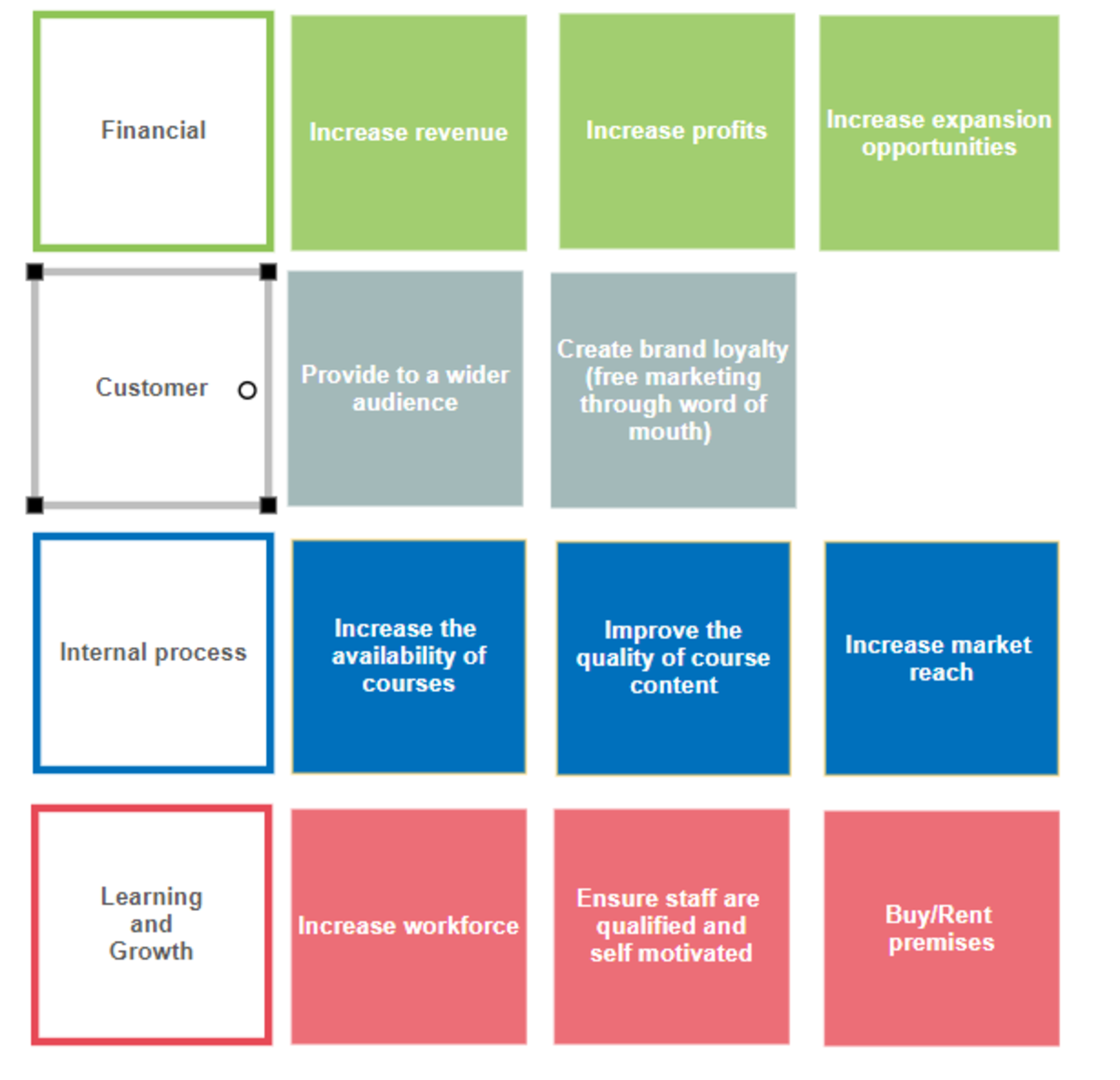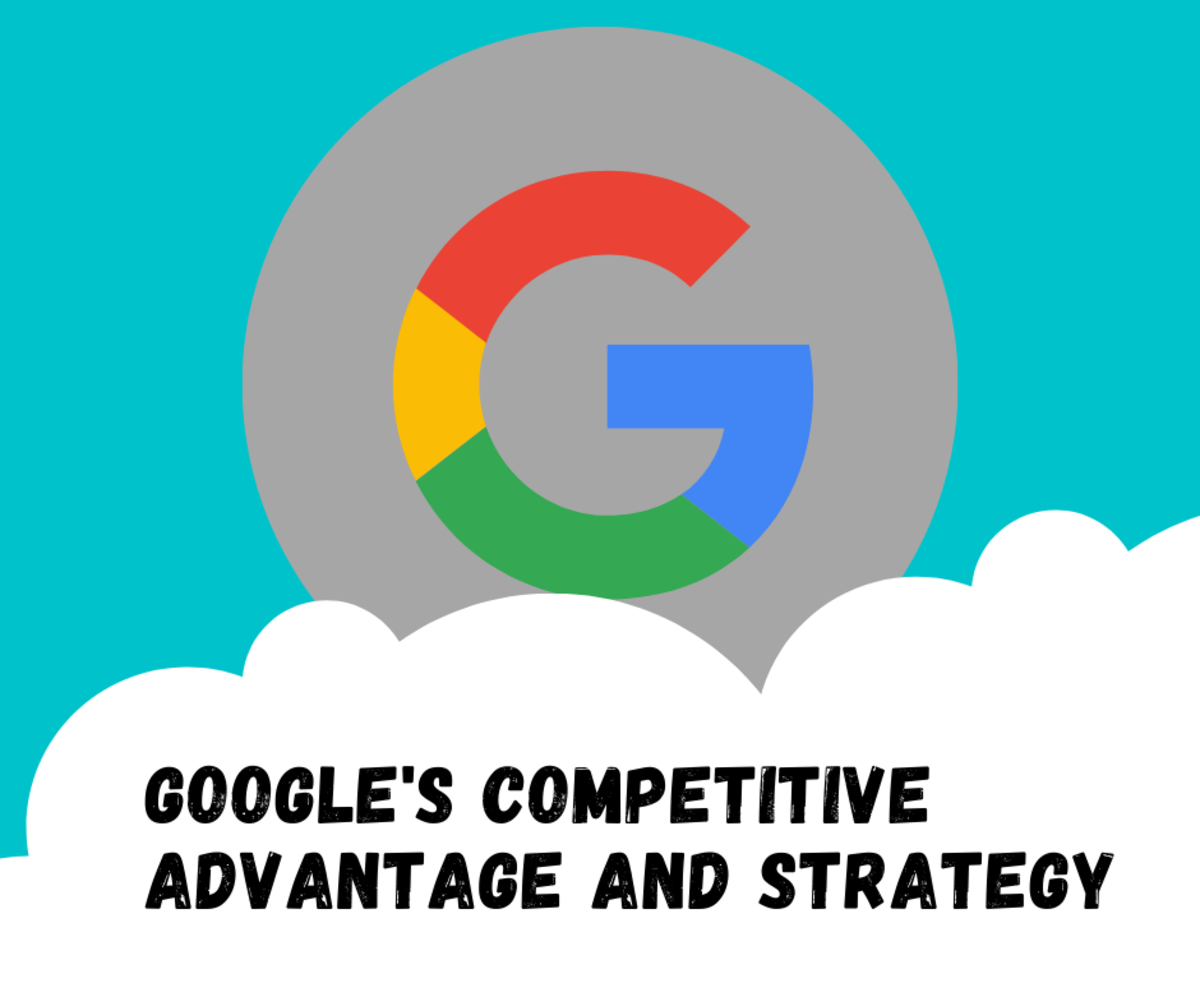VERTICAL INTEGRATION STRATEGY: The Battle for Cost Effectiveness and Differentiation

In business life, one of the major concerns that a company should do aside from getting ahead from other business entities is either to lower down the cost of their final products or find ways in the value chain where they can save money. What strategy the company will adopt in order to save or lower the cost? How can they save when it is a differentiated product? As we all know that differentiation would incur an additional expenses in the company’s pocket. The best recommendation for these queries is VERTICAL INTEGRATION.
What is Vertical Integration?
“The degree to which a firm owns upstream suppliers, and its downstream buyers is referred to Vertical Integration. Because it can have a significant impact of a business unit’s position in its industry with respect to cost, differentiation and other strategic issues..." -QuickMBA.com-
If your product is a differentiated one, and some features or materials in that product needs to be outsourced because lack of resources, rare items and high-end material-Then Vertical Strategy is the answer. If the cost of creating this differentiated product is greater than the value of the product itself, then How Vertical Strategy can help the company to minimize or save money?
The company option is to buy the supplier’s company or create another company (like the supplier’s company) this is called the “backward integration." The reason for owning the supplier’s company, for example, is that in the long run the company saves more money or lower down the cost.
How can we save when the final products are out for distribution? Normally, after the company produces its finishing product the next step would be how they will sell it?
Distribution of final products would incur cost-from the warehouse to its last destinations (which includes from assembly to distribution). If you integrate this process, it is called Vertical Integration. If acquiring or merging with another company to make the distribution faster (including delivery or transportation) and selling of final goods to consumers would lesser the cost in the long run and saves the lot of money aside from smooth flow of the activities, then Vertical Integration is a must.
What are the benefits and pitfalls to Vertical Integration?
To name the few benefits which are not mentioned above:
a.)Provide more opportunities to differentiate by increased control over inputs; and
b.)Increase entry barriers to potential competitors, for example, the firm can gain sole access to a scarce resource;
There are few drawbacks with vertical Integration, namely:
a.) Decrease ability to product variety if significant-in house development is required; and
b.) Increase bureaucratic costs.
Not all the time Vertical Integration strategy is the answer to cost and differentiation problems, there are few alternatives that the company could choose , These are:
a.) franchise agreements; and
b.) joint-ventures.
CAUTION IN VERTICAL INTEGRATION:
If the vertically adjacent activities are a different type of industries, then Vertical Integration is not advisable. The company needs careful analysis and planning before considering this type of strategy.
- THE MYSTERIES OF A COMPETENT AND WELL-EDUCATED MANAGER
When you can say that this manager is a competent and well-educated? Is it because He has numerous Masteral Degrees or a PHD graduate? Or is it because he had been a manager for quite a long time? These... - LOW COST THEORY:A STARTER FOR BUSINESS ENTRY
Competition in business market can be compared to a two-way traffic in a highway where most of the vehicles maneuvering in the road with one another. Some cars are ahead of others, some are at par and some at... - BEST COST THEORY: TO AT PAR WITH THE CONSUMERS DEMAND
It has been a rule that Costumers are always right. In business we didn't just sell any goods or products without consulting the needs and wants of our customers. We therefore, tailor fit our products... - BROAD DIFFERENTIATION: MAINTAINING THE CONSUMER'S MARKET
Large companies usually adapt this kind of strategy where differentiations are broad-from products to services. According to Michael Porter in order to avoid being stuck in the middle company should...










